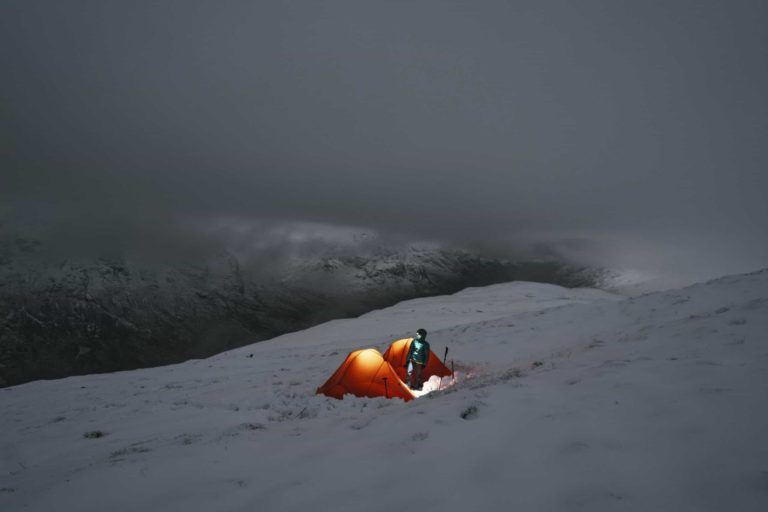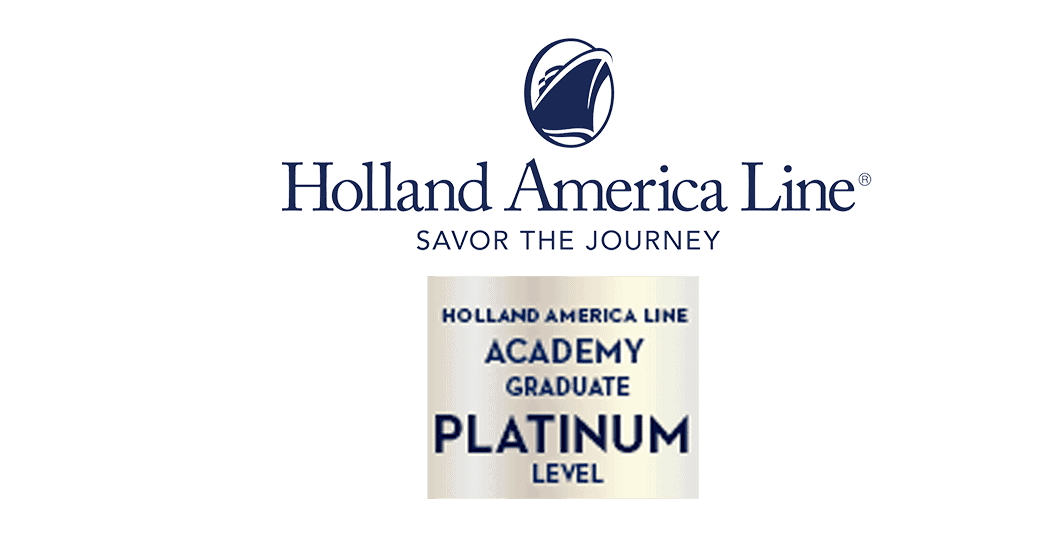
Camping In Antarctica
Camping in Antarctica At 67° 51’ South, 67° 12’ West latitude, along the western coast of Graham Land, Antarctica, is
On the far western end of Ireland, brushed up against the North Atlantic at the mouth of Galway Bay, sits a trio of islands known as the Aran Islands. These three – Inishmore (Inis Mór), Inishmaan (Inis Meáin), and Inisheer (Inis Oírr) are known for their wild and rural landscapes that have a long history of Gaelic culture going back to antiquity. Due to its isolation from the mainland, the islands have maintained much of their original traditions over the centuries. Many traces of this history still remain, especially on the largest island of Inis Mór with ancient forts, churches, and miles and miles of stone walls. In fact, it is estimated that just on Inis Mór alone, there is over 3,000 miles of these walls built around the island (or basically the distance from Ireland, across the Atlantic Ocean, to Boston, Massachusetts). This is almost unbelievable considering that the entire island is only about 12 square miles (31 square kilometers). Other estimates reduce that length down to around 700 miles. Whatever the actual number may be, it must have been quite the construction project.
One of the primary activities when visiting the Aran Islands is cycling. While you can bring your own on the ferry from the mainland, it might just be easier to rent one as you disembark from the ferry station in Kilronan, the main village on Inis Mór. From here, the island is yours to explore. At only 8.7 miles (14 km) in length and a maximum width of 2.4 miles (3.8 km), it is easy to cross the entire island in under two hours, without taking stops. But that isn’t the point of cycling here. There is a plethora of places to explore and soak in the both the captivating panorama as well as the ancient monuments.
While little is known about the island’s earliest inhabitants, one of the earliest dwellings, a fort made of limestone called Dún Aonghasa (or Dun Aengus), dates back to the 11th century BC, though most of its standing structure came much later. This semicircular site, with its three terraced walls, sits on the southern side of the island sitting on a 300-foot-high cliff overlooking the ocean. It is thought that these walls formed a full circle. However, the cliffs have eroded into the sea over the centuries and we are now seeing what is left of this fort, covering an area of around 14 acres. It is an easy bike ride to this location and certainly worth your time as one of the spots to hit.
About a mile to the south of Dún Aonghasa is a naturally formed tidal pool that has been cut into the limestone rock. However, once you actually view it, you’ll think that it is manmade. It looks like a rectangular swimming pool. Referred to as either “The Wormhole” or “The Serpents Lair”, its Gaelic name is Poll na bPéist. This tidal pool has underwater channels that connect it to the nearby sea which supplies the water from these caverns. It is difficult to bike all the way to this location as there are a lot of uneven and jagged rocks stretching out for some distance. You can either leave your bikes at the nearest road about half a mile away and walk, or walk your bike across that distance if you don’t want to leave it behind.
Heading west from here, a 12-minute ride will bring you to a far more recent structure, the misappropriately named Seven Churches (Na Seacht Tempaill). This 8th century site was one of the largest centers of pilgrimage in western Ireland. However, despite the numerical specificity of this site, there are actually only two churches located here – St. Breacan’s Church and The Church of the Hollow. One theory as to why it is named the Seven Churches is because the site contains additional structures, such as dwellings where monks would have lived, and this gives an allusion to the number of buildings contained here. Another explanation for the name is that it is in reference to a Roman pilgrimage trail which had seven churches. Either way, it is a well-preserved spot and worthy of a visit. I leaned my rental bike against one of the surrounding stone walls and walked among the ruins and the graves marked with Celtic crosses so familiar to Ireland.
Beyond the three major points described here, the rest of the island is dotted with interesting sites to stop. The quaint cottages that line the narrow roads of the island set against the backdrop of the North Atlantic offer their own charm, and I am told that on a good day, you can spot the Cliffs of Moher. However, it is much easier to them from Inis Oírr, which is much closer to the mainland of Ireland than Inis Mór.
With a permanent population of around 1,100 souls, there is enough to see and do here to consider spending a night in one of the inns or taverns dotted around the island. However, I didn’t plan for a night here as my hotel was almost a 2-hour journey back to Galway. So, with the October wind picking up, I cycled back to the dock in Kilronan, returned the bike, and hopped back onto the second to last ferry of the day with Aran Island Ferries to the small fishing village of Rossaveel, where my rental car was waiting for me.
All in all, this was a great day of getting out into rural Ireland. Feeling the cool autumn breeze of the North Atlantic while cycling on a remote island finding hidden jewels of ages gone by was a very different experience than what I would have expected. I would highly recommend this to anyone with a passion for adventure and history that is off the beaten path.
If you would like to travel to Ireland to cycle the Aran Islands, marvel at the Cliffs of Moher, or absorb the incredible landscapes of the Ring of Kerry, head over to our Ireland page and find your own adventure in the Emerald Isle.

Camping in Antarctica At 67° 51’ South, 67° 12’ West latitude, along the western coast of Graham Land, Antarctica, is

A Night of Sand and Stars in Morocco When someone mentions the Sahara Desert, images of wind-swept sand dunes rising

Tracking Rhino’s in a South African Game Reserve In 1935, the famed American novelist and world traveler, Ernest Hemingway published his



















